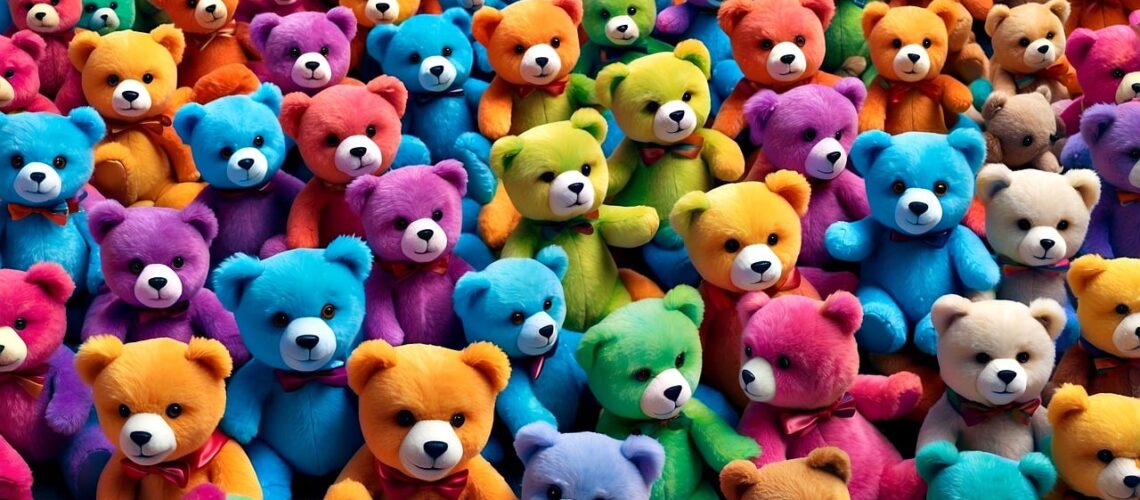The Cycle of Nostalgia in Commercialism: How Past Trends Resurface
January 2, 2025

In the ever-evolving landscape of commerce, one phenomenon remains intriguingly consistent: the cyclical nature of trends. Whether it’s fashion, toys, music, or technology, many products and styles that once defined a generation often make a comeback years later. This revival is not merely a random occurrence but can be traced back to psychological and social factors that intertwine nostalgia with commercialism.
Nostalgia is a powerful emotion that evokes fond memories of the past. As individuals age, they often reflect on the things that defined their childhood or adolescence be it the toys they played with, the music they listened to, or the fashion they embraced. This longing for the past can lead to a cultural phenomenon where adults seek to relive those cherished moments. In turn, this desire is often projected onto their children, creating a unique cycle of rediscovery and reinvention.
Parents, influenced by their own nostalgic experiences, often introduce their children to the styles and products of their youth. This might manifest in various ways: a parent buying retro toys like Tamagotchis or LEGO sets that were popular during their childhood, or even dressing their kids in vintage inspired clothing. This transfer of cultural artifacts creates a bridge between generations, allowing children to experience a slice of their parents’ past.
As nostalgia becomes a driving force, marketers and companies are quick to capitalize on this sentiment. They often revive classic brands, reissue vintage products, or even create modern versions of beloved items. Think of the recent resurgence of vinyl records, the revival of 90s fashion trends, or the reintroduction of classic video games through consoles like the Nintendo Switch. By tapping into the emotional connection that consumers have with the past, companies can effectively create demand for products that resonate with both older generations and their children.
This cycle of nostalgia doesn’t just stop with one generation; it perpetuates itself. Children who grow up with their parents’ nostalgia often form their own nostalgic attachments as they age. When they become parents, they too will seek to share those cherished memories with their children. This creates a continuous loop where trends and styles are revived, modified, and passed down, each time infused with new interpretations.
Additionally, collective memory plays a significant role in this cycle. As certain trends gain traction, they become part of a larger cultural narrative. Movies, television shows, and social media platforms amplify this nostalgia, making it easier for people to connect with the past. For instance, the success of reboots and remakes in film and television often draws on the nostalgia of older audiences while introducing these classics to a new generation, ensuring that the cycle continues.
In conclusion, the cycles of commercialism driven by nostalgia are a fascinating interplay of human emotions, cultural dynamics, and marketing strategies. As individuals relive their past, they inadvertently pass on these experiences to their children, creating a rich tapestry of shared memories that fuels the resurgence of old trends. This cyclical nature not only enriches our cultural landscape but also serves as a reminder of the enduring power of nostalgia in shaping consumer behavior. As we move forward, it’s likely that we’ll continue to see these cycles repeat, creating a bridge between generations and proving that sometimes, the past is not just something to remember but something to relive and celebrate.
Love y’all,
Crb3